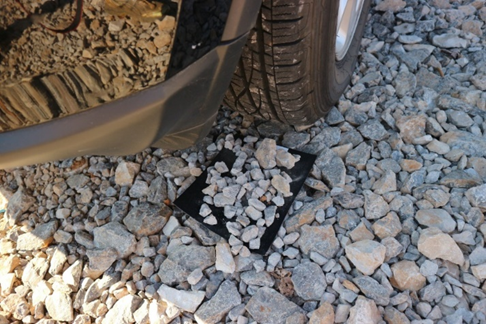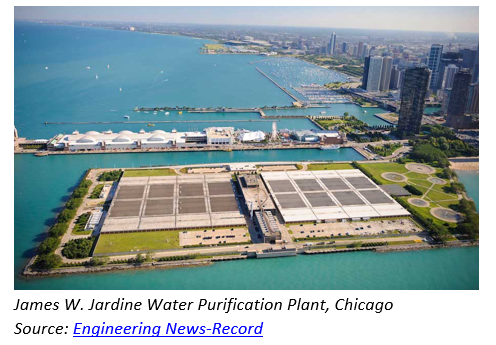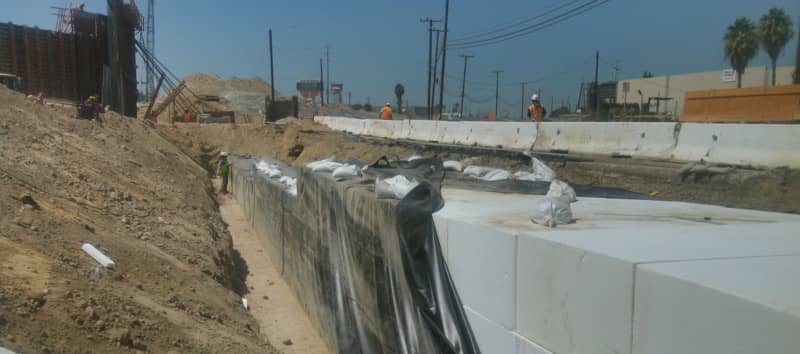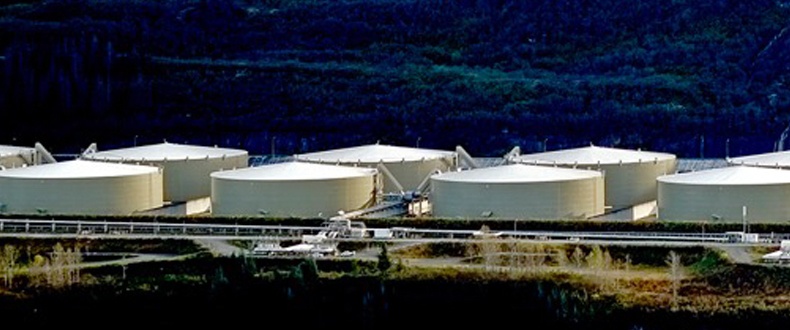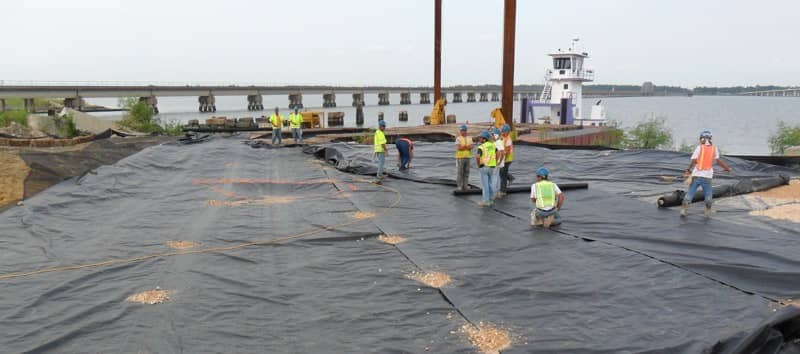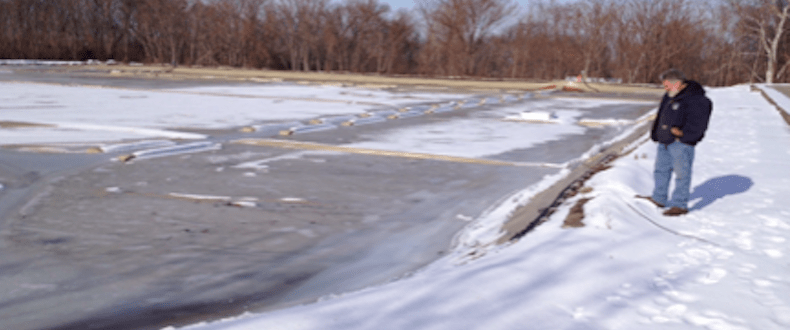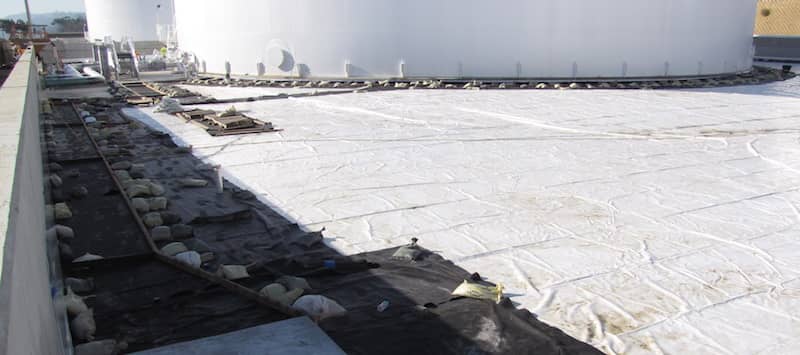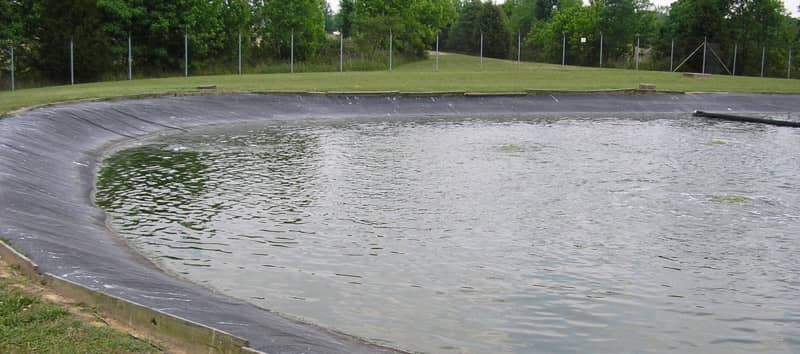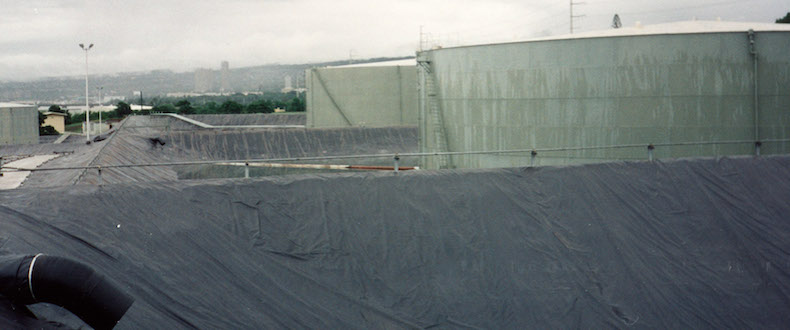“Impermeable” is a common, assumed descriptor of a 21st century geomembrane. We use impermeable barrier materials because they are relied upon to prevent the passing of liquids when used in a variety of engineered projects where a barrier is necessary. Geomembranes are specified for these projects because they are lightweight, easy to install, cost-effective and reliable. To ensure you are selecting the right geomembrane for the application, it’s important to look at testing results for vapor/solvent transmission and puncture resistance, as well as real-world performance.
Municipal water and wastewater systems are considered to be one of the costliest assets for municipalities to maintain. Potable water safety and quality is not only a priority, but it is also a highly regulated necessity. In this four-part series, we’ll cover drinking water treatment processes, water sourcing, water distribution and how geomembranes can help improve quality, lower costs and increase efficiencies.
Every year, more and more roads and highways are constructed to meet growing demands. However, this new construction or expansion of infrastructure may end up being built over loose or soft soil that does not have the ability to support the associated loads.
In the coming years, Alaska, the Arctic, and similar cold weather regions are expected to play a major role in supplying future energy needs for the world. As energy resources continue to be pursued in these extreme climates to meet the energy demands of society, protection of our natural resources is essential. Primary and secondary containment must keep pace with the energy - technology platform to guard against contamination of our environmental assets.
Principal and Materials Scientist/Engineer Dr. Ian D. Peggs has been working with polymers and composites in the field and laboratory for over 25 years, and in his “Geomembrane Liner Durability: Contributing Factors and the Status Quo” paper, he states that nothing is absolutely impermeable.
Performing regular geomembrane inspections (where applicable) is critical and necessary for a successful long-term installation. Ongoing inspections can minimize field repairs and also prevent premature failure.
Geomembranes can fail for a variety of reasons. A failure in a geomembrane can result in serious damage to the surrounding environment and ecosystem. In order to help keep your geomembrane performing at its best, here are three common geomembrane failure mechanisms to keep in mind.
Ethylene interpolymer alloy (EIA) has demonstrated superior chlorine resistance and has gained widespread acceptance in the geomembrane market as a result. So what exactly are EIA Geomembranes and the properties that afford them superior chlorine resistance?
The three largest Naval Fuel Depots in the world rely on a flexible geomembrane for secondary oil containment for fuel storage. Secondary containment is provided both under the floors of the tanks and lining the fuel spill containment berms.

